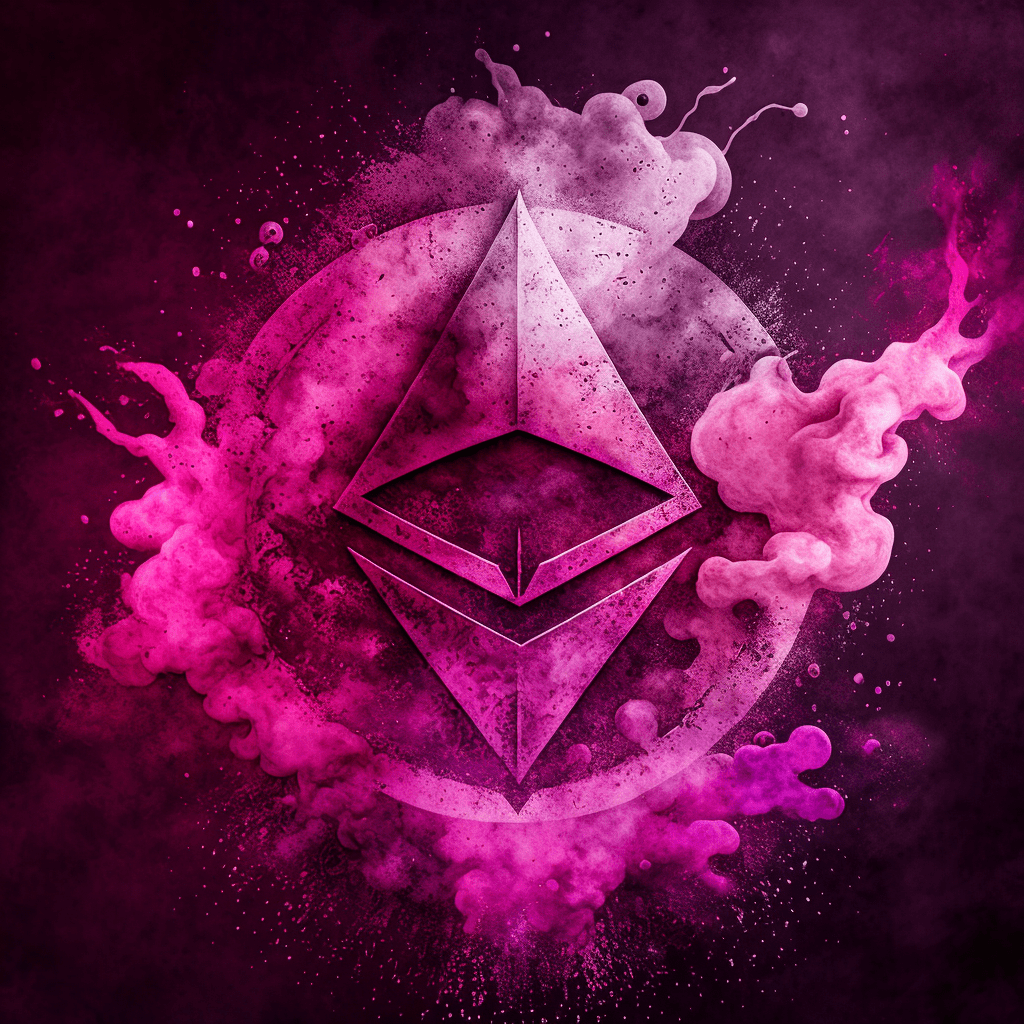As the world of NFTs (non-fungible tokens) continues to grow, creators and collectors alike need to be aware of the various costs associated with minting and transacting with these unique digital assets. In this article, we’ll explore NFT minting fees, transaction costs, and the factors that influence these costs across different blockchain platforms.

Understanding NFT Minting Fees
Minting is the process of creating an NFT on a blockchain platform. This process involves converting a digital asset, such as an image or video, into a unique token that can be bought, sold, or traded. Minting an NFT requires the use of computational resources, which is why a fee is charged by the platform.
The cost of minting an NFT varies depending on the blockchain platform used, network congestion, and the complexity of the NFT being created. Generally, minting fees are higher on platforms that use proof-of-work (PoW) consensus mechanisms, such as Ethereum, due to the higher energy consumption and computational power required.
Transaction Costs: Gas Fees
In addition to minting fees, there are transaction costs associated with buying, selling, or transferring NFTs. These costs are commonly referred to as gas fees. Gas fees are necessary because they compensate miners or validators for their work in validating and processing transactions on the blockchain.
Gas fees can vary significantly depending on network congestion, the complexity of the transaction, and the urgency of the transaction. During times of high network activity, gas fees can increase significantly, making it more expensive to interact with NFTs on the blockchain.
Ethereum-Based NFT Platforms

Ethereum is currently the most popular blockchain platform for NFTs, with a wide range of marketplaces, such as OpenSea, Rarible, and Foundation, built on its network. Ethereum’s popularity comes with a downside, however, as its gas fees can be quite high due to network congestion.
- Minting Fee: Varies depending on network congestion, gas price, and NFT complexity
- Transaction Fee (gas fee): Varies depending on network congestion and gas price
Binance Smart Chain (BSC)
Binance Smart Chain is an alternative blockchain platform that has gained popularity due to its lower transaction costs and faster processing times compared to Ethereum. BSC-based NFT platforms, such as BakerySwap and Treasureland, offer creators and collectors a more affordable option for minting and transacting with NFTs.
- Minting Fee: Varies depending on network congestion, gas price, and NFT complexity
- Transaction Fee (gas fee): Significantly lower than Ethereum due to BSC’s lower gas fees
Flow
Flow is another blockchain platform designed for NFTs and decentralized applications. It’s the platform behind popular NFT projects like NBA Top Shot and CryptoKitties. Flow uses a proof-of-stake (PoS) consensus mechanism, which results in lower energy consumption and transaction costs compared to Ethereum.
- Minting Fee: Varies depending on network congestion, gas price, and NFT complexity
- Transaction Fee (gas fee): Significantly lower than Ethereum due to Flow’s lower gas fees
Tezos
Tezos is a proof-of-stake blockchain platform with a focus on sustainability and affordability. NFT platforms built on Tezos, such as Hic et Nunc and Kalamint, offer creators and collectors lower fees and a smaller environmental footprint compared to Ethereum-based platforms.
- Minting Fee: Varies depending on network congestion, gas price, and NFT complexity
- Transaction Fee (gas fee): Significantly lower than Ethereum due to Tezos’ lower gas fees
Tips for Reducing NFT Costs
To minimize the costs associated with NFT creation and transactions, consider the following tips:
Choose the Right Platform
As discussed earlier, different blockchain platforms have varying fees and costs. Research and compare the platforms to find the one that best suits your needs in terms of fees, transaction times, and overall user experience.
Timing Your Transactions
Gas fees can fluctuate significantly throughout the day. To save on costs, try to time your transactions during periods of lower network activity when gas fees are typically lower. There are websites and tools available to help you monitor gas fees and network congestion in real-time.
Optimizing NFT Complexity
The complexity of your NFT can affect minting and transaction fees. By optimizing the size and structure of your NFT, you can potentially reduce the costs associated with its creation and transfer. For example, consider compressing your digital asset or using lower-resolution images where possible.
Consider Layer 2 Solutions
Layer 2 solutions are secondary networks built on top of existing blockchains, designed to help scale and reduce transaction fees. Examples of layer 2 solutions for Ethereum include Polygon (formerly Matic) and Immutable X. By using these solutions, you can potentially reduce transaction costs and improve the speed of your NFT transactions.
Take Advantage of Gas Tokens
Gas tokens, such as the Ethereum Gas Token (GST2) or Chi Gastoken (CHI), can help you save on gas fees by allowing you to “store” gas when fees are low and use it later when fees are higher. By strategically using gas tokens, you can potentially offset the costs of your NFT transactions.
Conclusion

In conclusion, understanding the various fees and costs associated with NFT creation and transactions is essential for creators and collectors. By choosing the right platform, timing your transactions, optimizing NFT complexity, considering layer 2 solutions, and using gas tokens, you can effectively manage your NFT-related expenses. As the NFT ecosystem continues to evolve, new platforms and solutions will likely emerge to further improve cost efficiency and user experience.
